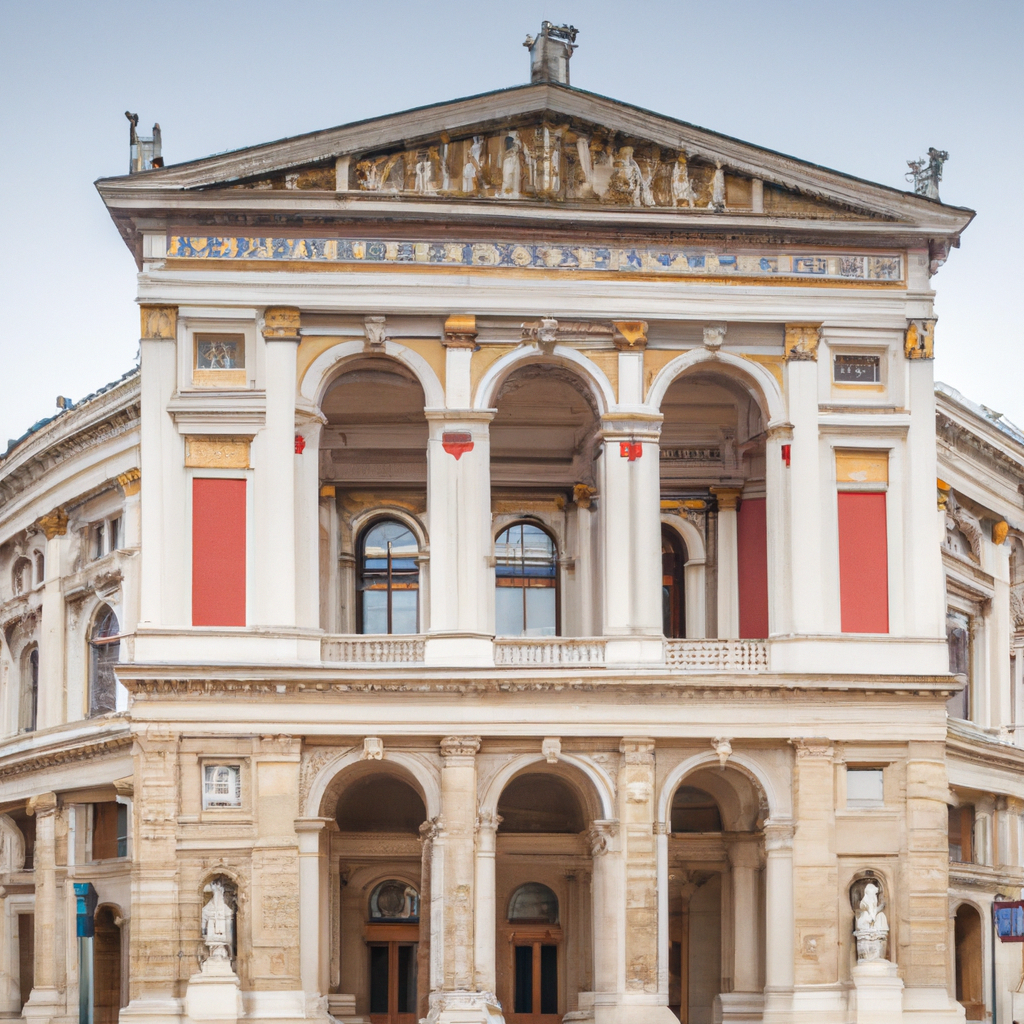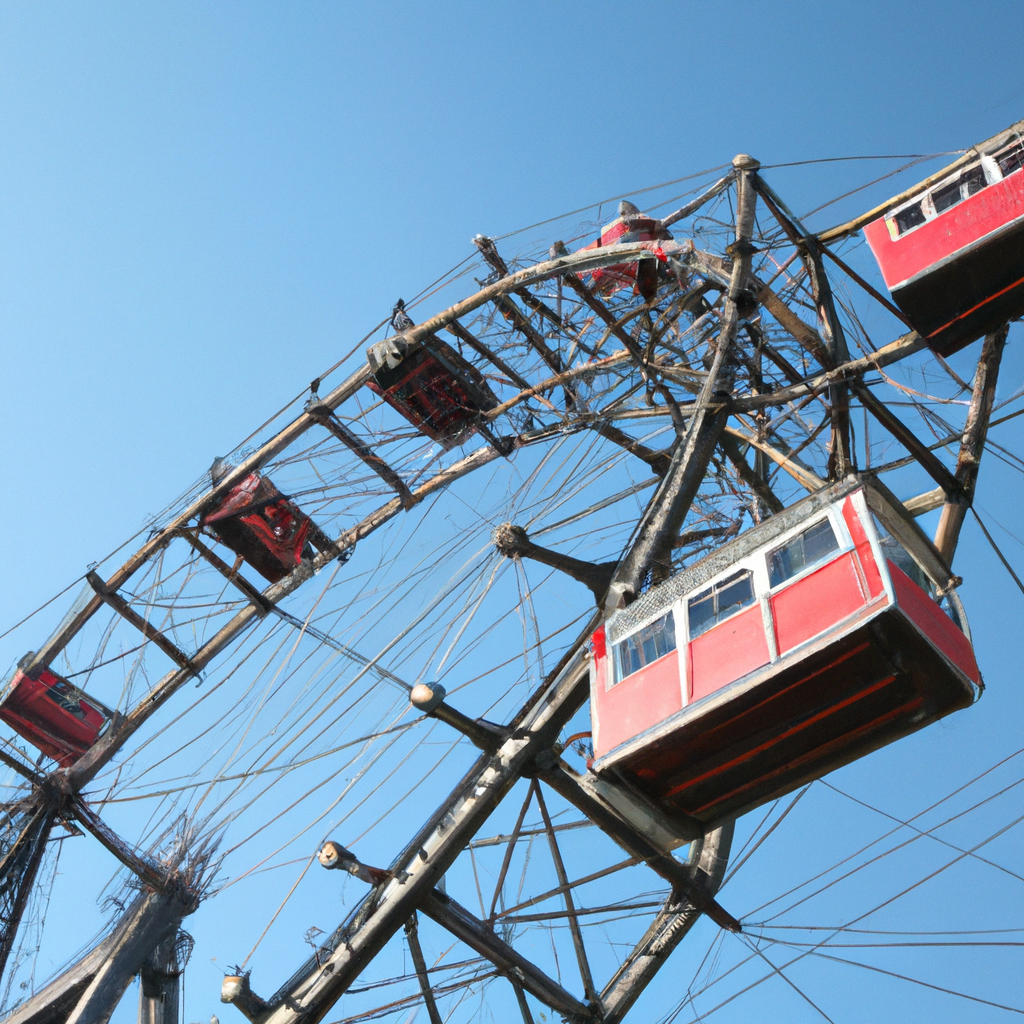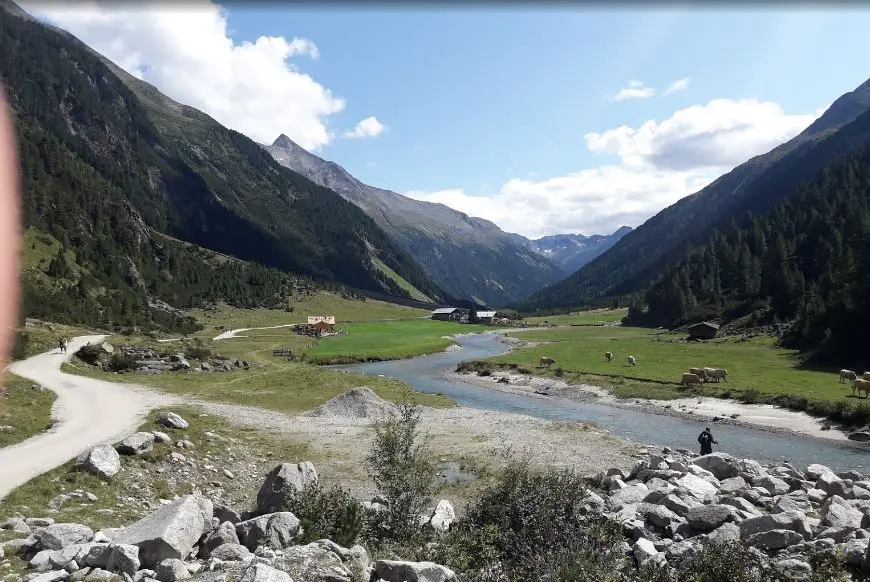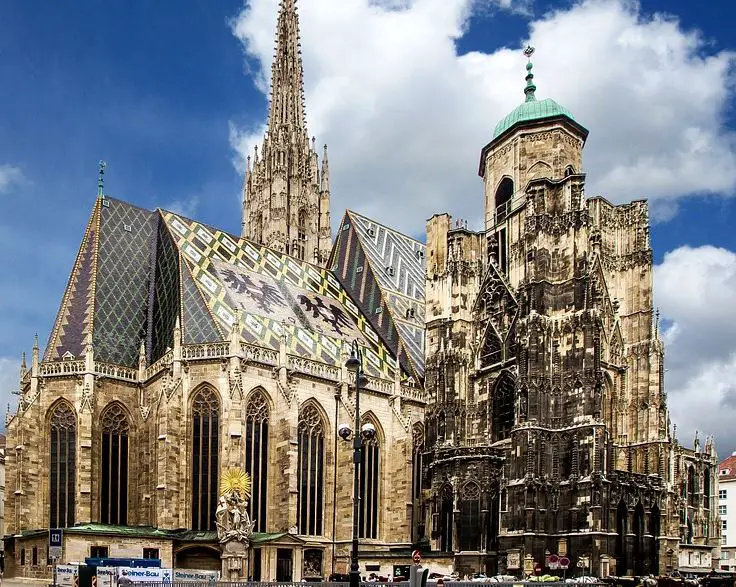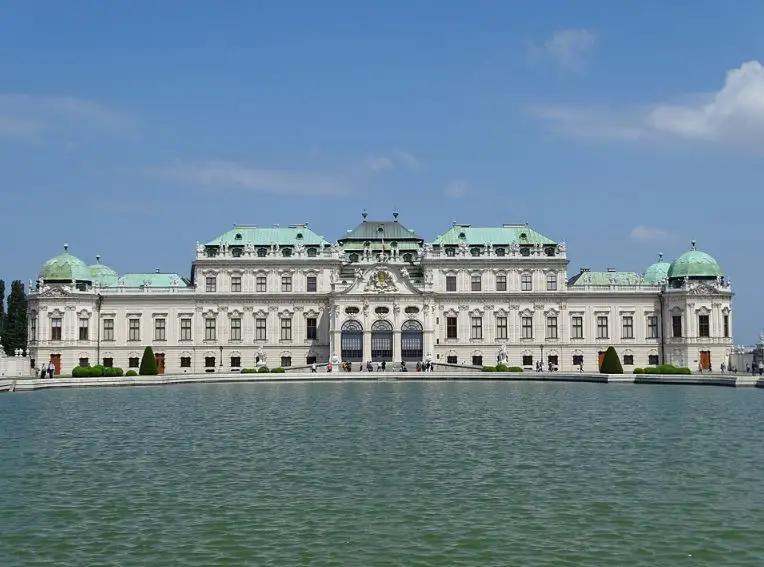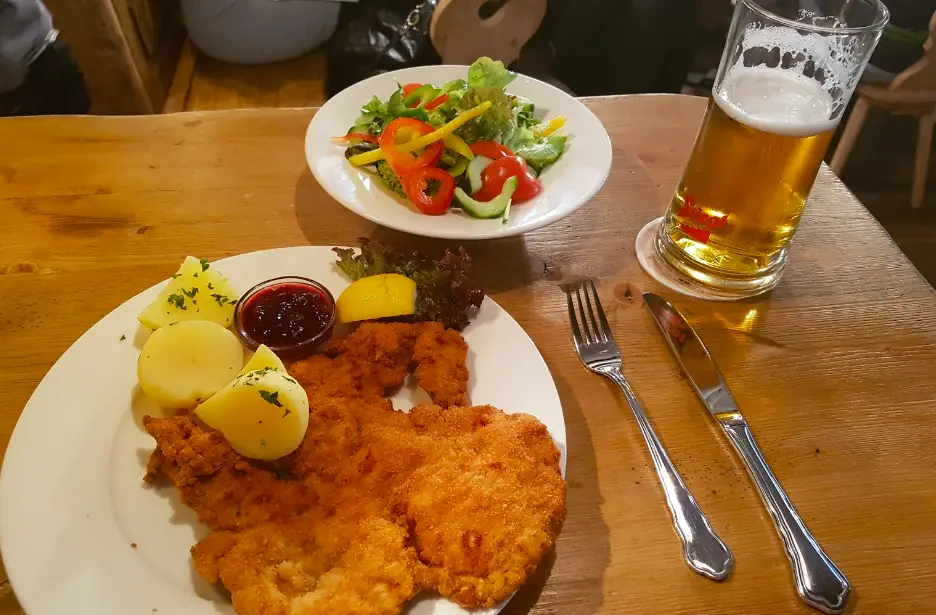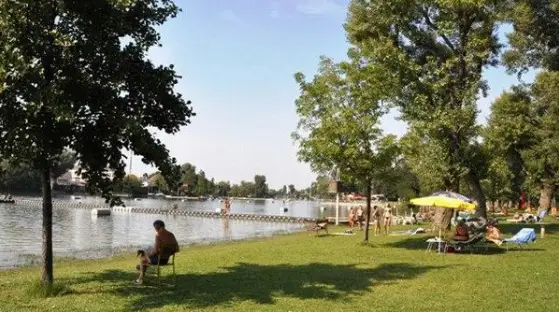Kapuzinergruft (Imperial Crypt), Vienna In Austria: Overview,Prominent Features,History,Interesting facts
Overview:
Kapuzinergruft (Imperial Crypt), Vienna In Austria is the burial site of the House of Habsburg, the Austrian imperial dynasty. Located beneath the Capuchin Church, this crypt was built in 1618 and is the final resting place of Austria’s most notable figures. Visitors can explore the crypt’s 76 compartments, view the tombs of Maria Theresa and her husband Francis I, and admire the stunning Baroque architecture. The mausoleum also features a memorial to Empress Elisabeth of Austria, better known as Sisi. It is one of the most beautiful monuments in Austria
Prominent Features:
The Imperial Crypt, commonly called the Capuchin Crypt, is a burial chamber located beneath the Capuchin Church and monastery in Vienna, Austria. It was commissioned by Emperor Ferdinand II and is the burial site for members of the Habsburg dynasty, which ruled the Austrian monarchy for over 600 years. The crypt features a Baroque style, with frescoes inspired by Dutch and Flemish painting, and ornamental altars and chapels dedicated to some of the buried members of the imperial family. It is one of the most popular tourist attractions in Vienna, and visitors can explore the crypts and learn about the illustrious Habsburg dynasty that once ruled the country. You can learn history, culture, and heritage through these magnificent monuments in Austria.
History:
The Kapuzinergruft (Imperial Crypt) in Vienna is a burial site for members of the Austrian Imperial family and the Habsburg dynasty. It was originally constructed in 1618, by Emperor Ferdinand II, for the burial of his son, Maximilian III, and the rest of the royal family. The first crypt was located in the Church of St. Stephen. However, a larger crypt was needed to accommodate the increasing number of imperial burials. In 1633, the new crypt was built at the Capuchin monastery,hence the name “Kapuzinergruft” (Imperial Crypt). The crypt was extended numerous times to accommodate the growing number of imperial burials during the 18th and 19th centuries. In 1754, Empress Maria Theresa commissioned the redesign of the crypt, creating a more elaborate and grander design and increasing the capacity to more than 150 tombs. The crypt was further expanded in 1850, with the addition of the Kolonaltribune, a gallery reserved for members of the imperial family who distinguished themselves in government and military service. In 1918, the crypt was declared the resting place of all members of the House of Habsburg. This included the last emperor, Karl I, who was interred in the crypt in 1922. In 1954, several of the tombs were moved to the Imperial Crypt Chapel, which was inaugurated on 31 October 1954. Today, the Kapuzinergruft (Imperial Crypt) contains 153 tombs of emperors, empresses, kings, queens, princes, and princesses who were members of the House of Habsburg or the Austrian Imperial family. The crypt is open to the public and visitors are able to view the crypt and the tombs of the imperial family. Sources: Encyclopedia Britannica. “Kapuzinergruft (Imperial Crypt), Vienna.” Encyclopedia Britannica, July 17, 2020. https://www.britannica.com/topic/Kapuzinergruft. Gardens of the Gods. “The Imperial Crypt – Vienna Austria.” Gardens of the Gods, https://www.gardensofthegods.com/article/the-imperial-crypt-vienna-austria/. Imperial Crypt Vienna. “About the Imperial Crypt.” Imperial Crypt Vienna, https://kapuzinergruft.at/en/the-imperial-crypt/about-the-imperial-crypt/. Visit one of the famous monuments of Austria with your friends and family.
Interesting facts:
1. The Imperial Crypt, or Kapuzinergruft in Vienna, is the final resting place of over 140 members of the Habsburg dynasty. 2. The crypt was built in 1618, commissioned by Emperor Matthias and is located beneath the Capuchin Church of Vienna. 3. The Habsburgs were one of the most influential and powerful dynasties during the Early Modern era and ruled Austria, Hungary, Spain, and other parts of Central and Eastern Europe for centuries. 4. The crypt is ornately decorated with inlaid marble floor and walls. There are doors and plaques decorated with baroque patterns and scenes from the lives of the Habsburg emperors. 5. The crypt is open to the public and receives an estimated 300,000 visitors per year. 6. Inside the crypt, one can see a plethora of tombs of different sizes, styles, and ages. The most recent tombs have been built within the past few decades. 7. Some of the most famous Habsburgs interred here include Empress Maria Theresa, Emperor Franz Josef I, and Maximilian II. 8. An interesting tidbit of trivia about the crypt is that the vaulted ceilings are decorated with stars, globes and other astronomical symbols, as it is believed that many of the Habsburgs were keen astronomers. 9. As in many imperial tombs, the tombs of the Habsburgs are decorated with objects of different materials including bronze, silver, mosaic and porcelain. 10. The crypt is also home to the tombs of non-royal members of the Habsburg family, including Elisabeth "Sisi" of Austria, wife of Emperor Franz Josef I and Barbara Klebelsberg, wife of Emperor Karl I. One of the historical monuments of Austria, it tells the story of a bygone era
Explore Austria most popular tourist destination with us. Kapuzinergruft (Imperial Crypt), Vienna In Austria: Overview,Prominent Features,History,Interesting facts,which is 35.14 km away from Austria main town, is the most popular destination to add in your travel wishlist.
-
City:
Austria
-
state:
Vienna
-
country:
Austria
-
country code:
AT
-
postcode:
1010
Location:
Vienna Austria
, Vienna In Austria.png)



